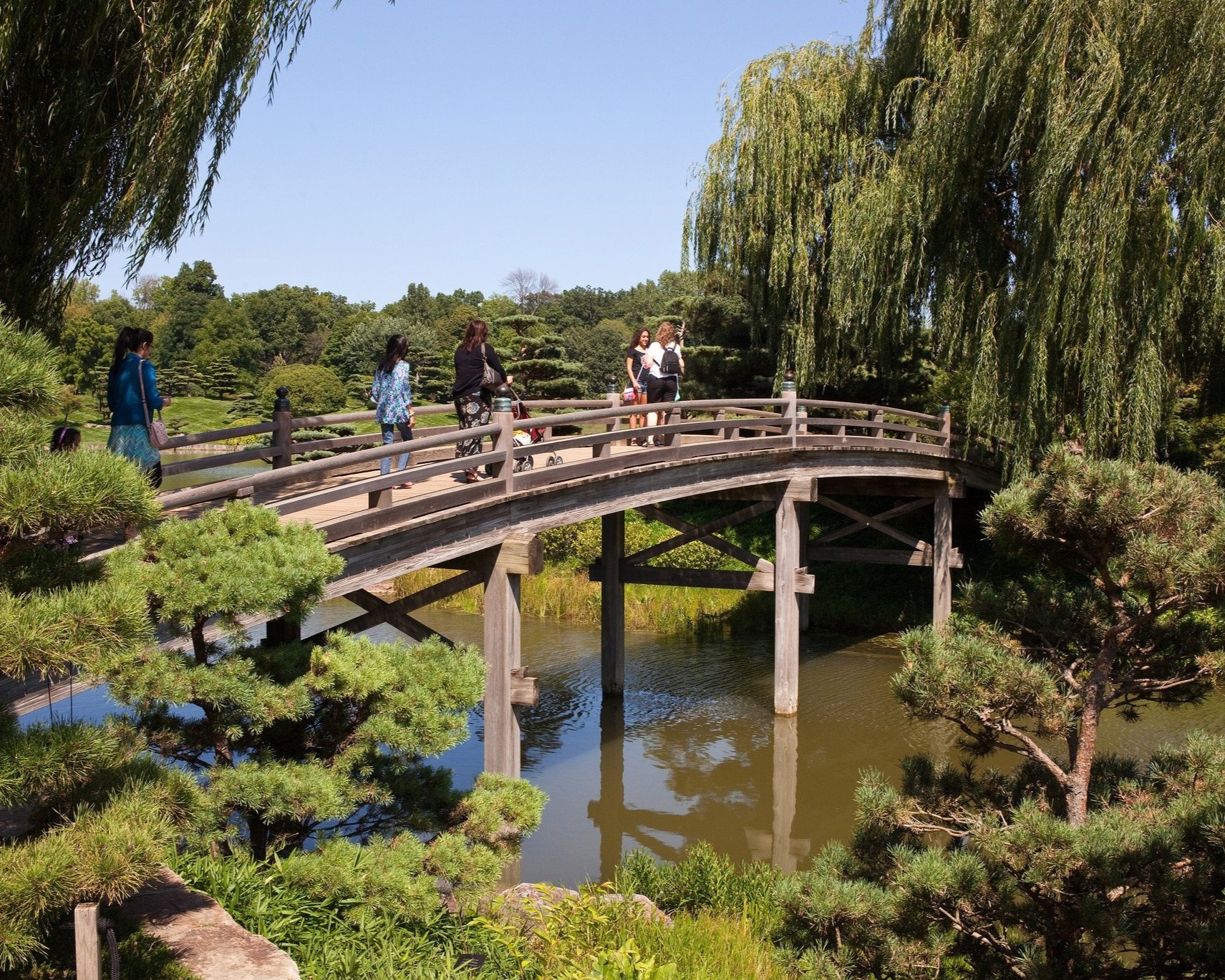Nov 22, 2021
Creating Food-Secure Communities With America’s Public Gardens
Editor's Note: This post was written by Amber Herzer, the Head of Program Management at Bowery Farming. She has 15+ years of experience spanning the federal government (USDA), nonprofit, and corporate sectors and academic training in public administration in agriculture (BS), business (MBA), and project management (PMP). Her career has focused on improving people’s lives through access to healthy food, livable wage work, and health care.
It’s no secret that climate change, rapid urbanization, and the COVID-19 pandemic have aggravated food access quandaries, particularly access to healthy and affordable foods.
Public gardens nationwide have been responding to this grim reality by stepping up to educate and engage their communities with urban agriculture.
Each year, over 121 million people visit U.S. public gardens. These institutions maintain spectacular collections of plants for public education and enjoyment, in addition to research, conservation, and higher learning.
Today, there are more than 600 public gardens across the United States, with nearly 60% located in urban areas.
Over the last decade, American gardens have increasingly launched agriculture and food systems programming. The American Public Garden Association has conducted surveys, interviews, and research to help document the scope of food-related programming at public gardens. These evaluate food systems education and interpretation at U.S. public gardens, and identify opportunities to strengthen urban agriculture programming.
The pandemic multiplied the number of gardens focused on food security and agriculture.
In 2020 and 2021, the United States Botanic Garden and the American Public Gardens Association launched the Urban Agriculture Resilience Program and provided funding to public gardens to establish more urban agriculture, community gardening, and other food-growing programs. This enables them to strengthen partnerships with schools, universities, urban farms, food pantries, and government agencies, whilst also increasing the amount of fruits and vegetables grown and distributed to the local community.
While most public gardens are just starting their food and agriculture-related programming, a few public gardens have deep-rooted programs that demonstrate the long-term impact on local communities.
Below are examples of such programs (as described by the gardens themselves):

The Chicago Botanic Garden
The CBG’s Windy City Harvest program grows more than 100,000 pounds of produce every year on over 15 farms, offers cooking and nutrition classes as well as affordable or free produce for more than 1,000 community health center patients with diet-related diseases. The program also supports a network of more than 60 family-run community garden plots, and provides paid, on-the-job training for more than 150 people every year, with an average of 80 percent placement rate in food systems jobs post-training.
Image source: James C. Svehla, for the Chicago Tribune

Denver Botanic Gardens
They DBG launched the Chatfield Farms Community Supported Agriculture (CSA) Program in 2010 and produces 42,000 pounds of food annually. The CSA provides 340 families with fresh, local produce for 20+ weeks out of the year. Several tons of vegetables have been donated since the CSA's inception. The garden partnered with the Denver Housing Authority to operate community gardens, which grew nearly 10,000 pounds of produce for local residents. The garden also manages a Veterans Farm Program to help post-9/11 veterans transition from military careers by providing hands-on training in urban agriculture as well as business skills and management of Post Traumatic Stress Disorder (PTSD).
Image source: Denver Botanic Gardens

New York Botanical Garden
The NYBG launched the Bronx Green-Up program in 1988. This program provides horticulture education, training, and technical assistance to Bronx residents, community gardeners, urban farmers, local schools, and community organizations. The Bronx Green-Up program also has a series of edible gardening courses designed to equip community gardeners, teachers, and city residents with the best organic techniques for growing vegetables safely and effectively, particularly in an urban setting. The program combines instruction in the classroom with hands-on gardening instruction in the field. Last year, Bronx Green-Up conducted 323 activities and events, reaching approximately 4,600 people representing over 75 gardens, greening groups, schools, and community organizations.
Image source: New York Botanical Garden
Wherever you live, there is likely a garden nearby. It is increasingly likely that the garden offers opportunities for you to enroll in a food-based educational course so that you can help prep, plant, and harvest crops, or even volunteer your technical expertise.


